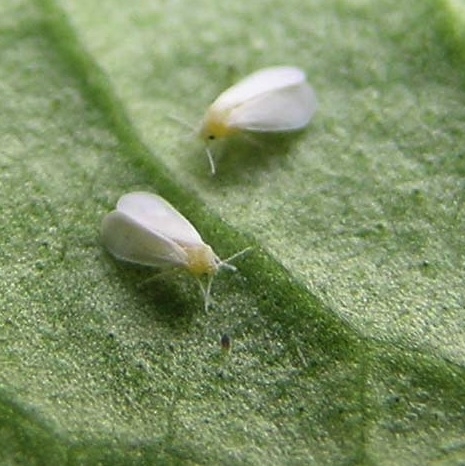
Features
Chemicals
Insects
Galápagos tomato key to whitefly resistance
September 14, 2012 By Press release

September 13, 2012 – The whitefly is a major problem for open field tomato cultivation throughout the world. Scientists of Wageningen UR in The Netherlands, together with a number of partners, have discovered genes for resistance to the whitefly in a wild relative of the common tomato.
The scientists hope that resistant varieties can be brought to market within two years, making chemical pest control unnecessary.
Research into the identification of resistance to whitefly in tomatoes is the basis of Syarifin Firdaus’ graduate thesis, which he defended at Wageningen University on 12 September.
Whitefly causes major damage to the tomato plant and its fruit, and is an important vector of plant virus dissemination. While the whitefly is suppressed through biological means in greenhouses, limiting the damage in open field cultivation requires human intervention in the form of weekly spraying with chemicals. In addition, the whitefly quickly develops resistance to pesticides.
Firdaus has requested seeds of crossable varieties of tomato from various gene banks and measured their resistance to whitefly. The 30 varieties were tested for surviving whitefly infestation and for the number of eggs laid over five days. This process revealed one crossable variety fully resistant to the whitefly – a wild tomato from the Galápagos Islands.
The scientists used DNA research to pinpoint two resistance genes. A plant breeding company hopes to introduce these genes into cultivated tomatoes and bring a resistant tomato to market within two years.
The resistance was also found in China, Indonesia and Thailand. The wild tomato will also be crossed with local tomato varieties in these countries, rendering the use of pesticides to combat whitefly unnecessary.
Print this page